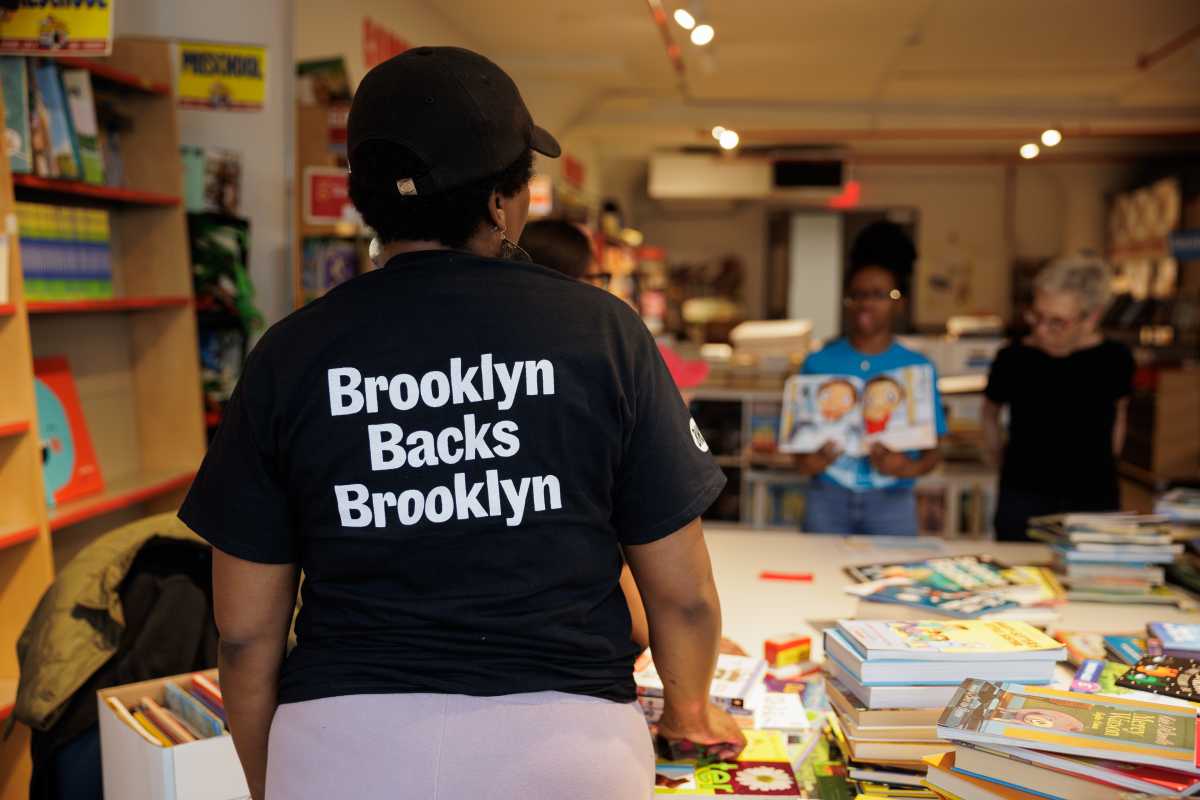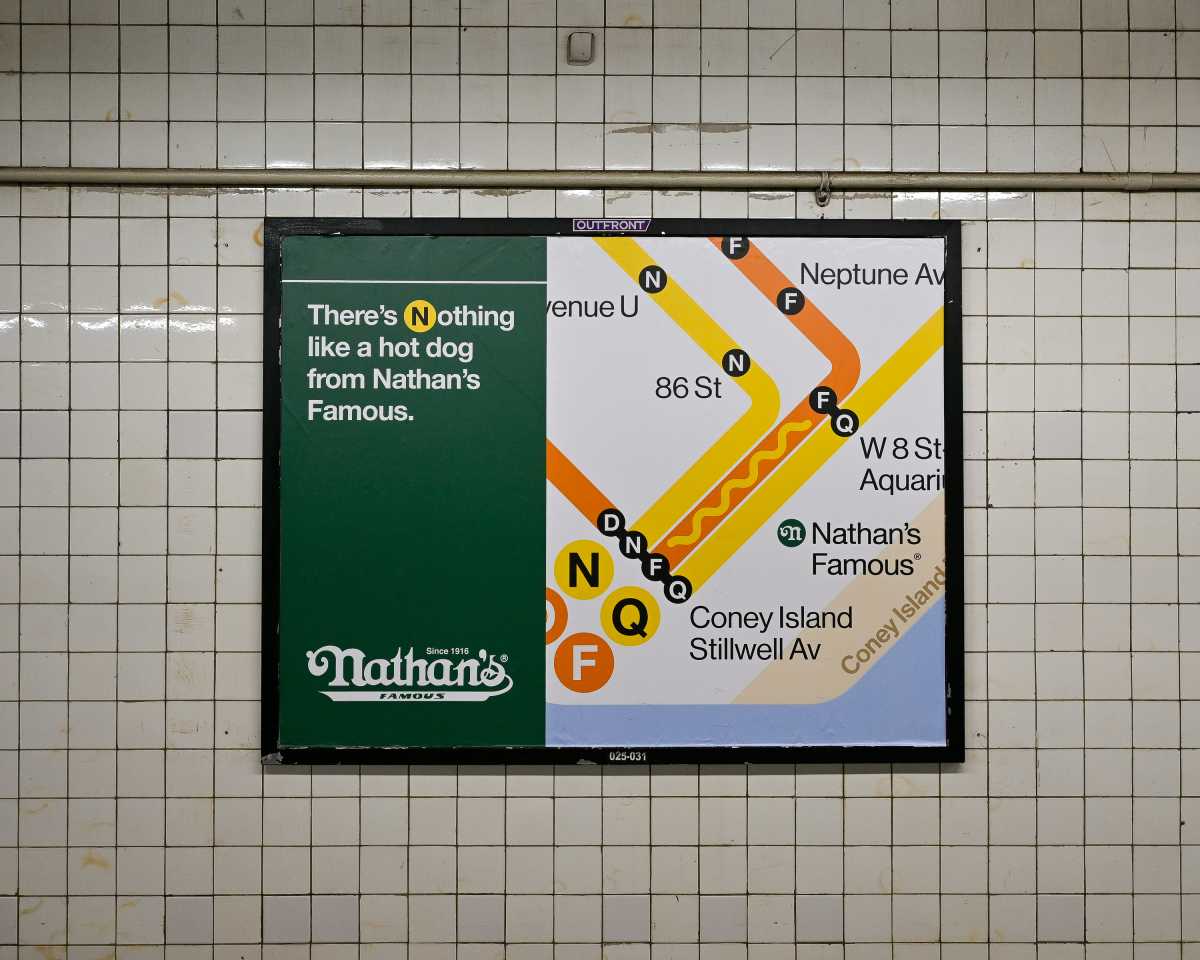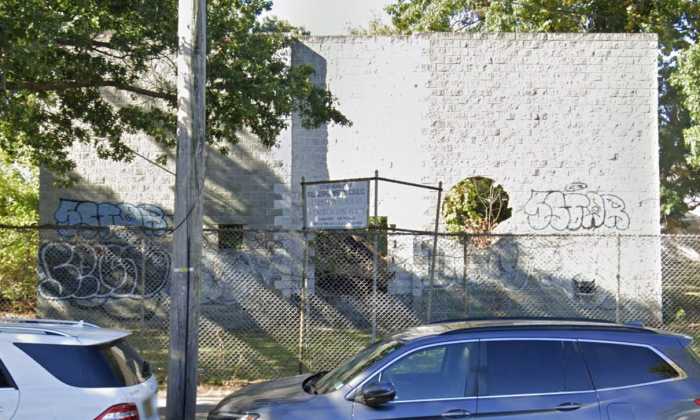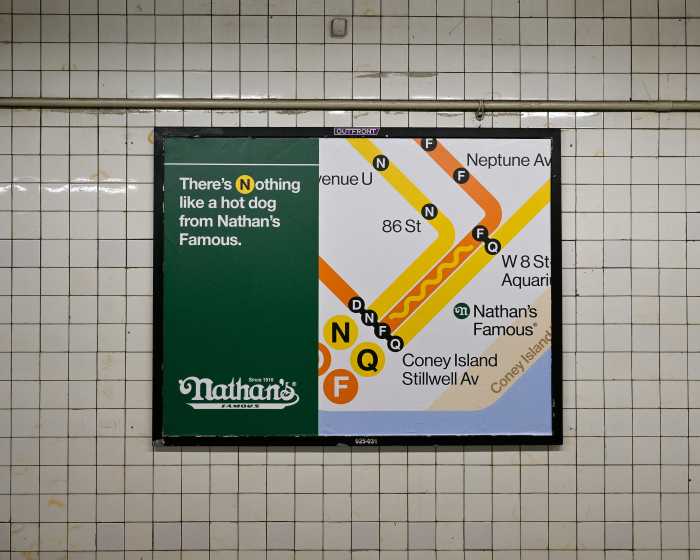Journal keeper vs. Johnson
To The Editor:
Re “Raps ‘revisionist riot history’” (letter, by Anne Johnson, Oct. 1):
First, I would like to say how much I appreciated that my letter to The Villager (“The Curfew Chronicles,” Sept. 24) was printed as written, and, with the exception of some minor typos, was carefully transcribed from my handwriting for publication.
As far as Anne Johnson’s criticism is concerned, that I had not mentioned the activity of the N.Y.P.D. — as I have stated, my letter was limited to what was in my journal during the period leading up to Aug. 6-7, 1988.
Anne Johnson asserts in her letter to The Villager that “many years ago” I called someone a “kike” at a Community Board 3 meeting. Between June 1988 and November 2003, I was at only one full board meeting, in March 1994, at the Educational Alliance, and two Housing Committee meetings, in the early 1990s, neither of which she attended, so I have no idea where or when this supposed event occurred.
If memory serves, the last time I ever spoke to Anne Johnson at a C.B. 3 full board meeting was in June 1988 when I congratulated her for being elected chairperson.
Philip Van Aver
‘Poor tax’? That’s a joke
To The Editor:
Re “Suit targets ‘poor tax’ ” (Mixed Use, Sept. 24):
One of the problems with the “lawsuit filed against the city’s Rent Guidelines Board” is the perverse assumption that tenants in place more than six years and paying $1,000 or less per month are necessarily “poor.” Though it does prove how out of touch “elected officials” can be when it suits their agenda.
In Manhattan, especially, studies have shown that long-term tenants in rent-regulated housing are largely middle- or upper-class professionals who have — among other reasons, because their rents are so low — simply stayed in place. Which is one reason “free market” rents are so high: When tenants don’t vacate — though they often sublet illegally — fewer apartments become available, causing market-rate rents to rise.
For example, a tenant in place some 35 years in our owner-occupied brownstone now pays just more than $700 for two rooms and a terrace on a street the tax assessor declares one of the “best” in the Village. This year, Marvin Markus, chairperson of the Rent Guidelines Board, allowed that the board had “under-compensated owners for expenses [of] 2003 and beyond” — actually a new high in understatement. Not to mention that vacancy increases, which this apartment has never had, are assumed to augment rental income. Heating oil was probably 39 cents a gallon 35 years ago. Our last delivery was $4.39 (down from $4.99). Insurance, power, repairs, taxes, etc. have of course all zoomed.
The tenant in question lives better than I do, while gaining, in effect, thousands of dollars per year of windfall “income” absolutely tax free! The current “poor tax” concoction, without — at the very least — a means test, is pure pandering, and/or proof, if proof be needed, of government by the logic-impaired. Though, if it means that rents of less than $1,000 per month for nonpoor tenants are outlawed, hard-pressed small owners could deal with that.
Judy Seigel
Oy! My trompe l’oeil!
To The Editor:
I was directed by Rick Bell, executive director of the AIA Center for Architecture, to Patrick Hedlund’s Sept. 17 article in The Villager (Mixed Use, “Soho mural defaced”) indicating that my mural on Prince St. had been attacked (tagged). I went to Soho to see and photograph the wall yesterday and was appalled. I was encouraged to read that Sean Sweeney, director of the Soho Alliance, was also disturbed by this attack, as evidenced by the conversation he had with Mr. Hedlund about the damage to the artwork. Last night, by chance, I ran into Robert Tierney, head of the Landmarks Preservation Commission, at an event, in part, honoring the legacy of Doris Freedman. He reviewed my photographs and expressed concern and the need for some sort of action.
The Prince St. mural is now more than 34 years old and is in every way a landmark, even if not officially designated as such. Citywalls, which was started by Doris Freedman, sponsored the mural, and she guided it through to completion. It was my first piece of architectural painting; this work was followed by more than 100 other projects around the world over a 30-plus-year period. It also led to a worldwide movement of trompe l’oeil mural painting. The Prince St. mural is depicted in nearly every guide book to New York, including the Michelin and DK guides, and it has appeared in more than 100 books over the years.
Richard J. Haas
Not ‘Off,’ but ‘Off-Off’
To The Editor:
Re “Gay, gray and green color hearing on plan for Pier 40” (news article, Sept. 17):
Your article on the Pier 40 hearing was top-notch.
One thing I wanted to mention, however, was that the Caffe Cino was not the first Off-Broadway theater but the first Off-Off Broadway theater. It served coffee, pastry puffs filled with cream and provolone-and-red pepper sandwiches. From 1958 to 1968 — a 10-year cycle — plays were presented there, including original works by Sam Shepard, Lanford Wilson, John Guare and others.
My own first plays, “The Bed” and “Moon,” were at the Cino. “Dames at Sea” with Bernadette Peters was first presented at the Caffe Cino. Now at the Po restaurant, at 31 Cornelia St., where the Cino once existed, there is a bronze plaque — with a relief of Joe Cino on it — that is mounted on the front outside the place. It honors the Caffe Cino as the very first of the Off-Off Broadway theaters that gave voice to many new writers.
Robert Heide
Playing the percentages
To The Editor:
In “As lawsuit looms, no end to talk on rezoning” (news article, Oct.1), several misconceptions about the East Village/Lower East Side rezoning are restated by its proponents yet again.
Cty Planning’s $2 million study, the legal basis for the rezoning, plainly states that the rezoning will bring 44 percent more luxury development than current zoning.
That’s more luxury development, not less. A lot more. I don’t know what part of “44 percent more luxury development” is not clear.
City Planning’s study projects only 2,943,512 more square feet of residential and commercial development in the next 10 years under current zoning, but a whopping 4,530,462 more square feet under the rezoning.
That’s more development, more real-estate speculation, more gentrification, more displacement. Not less. Fifty-four percent more. Why are rezoning proponents still claiming it will give us less development?
The rezoning will also bring affordable housing: Ten percent of the total development. That’s the trade-off: Ten percent affordable housing at the cost of 44 percent more luxury development.
The figures are all contained in the “Notice of Completion” of City Planning’s draft environmental impact statement.
The rezoning does, however, downzone part of the hotel district south of Houston St. Asian American Legal Defense and Education Fund is right to worry that hotel development will be pushed from there onto the Bowery and into Chinatown.
If City Planning had contextually rezoned just the commercial hotel districts — Bowery, Third Ave., Chinatown and Essex to Chrystie Sts. — it would not be faced with this quandary. Those are the areas threatened with 23-story towers.
Rob Hollander
E-mail letters, not longer than 250 words in length, to news@thevillager.com or fax to 212-229-2790 or mail to The Villager, Letters to the Editor, 145 Sixth Ave., ground floor, NY, NY 10013. Please include phone number for confirmation purposes. The Villager reserves the right to edit letters for space, grammar, clarity and libel. The Villager does not publish anonymous letters.

































